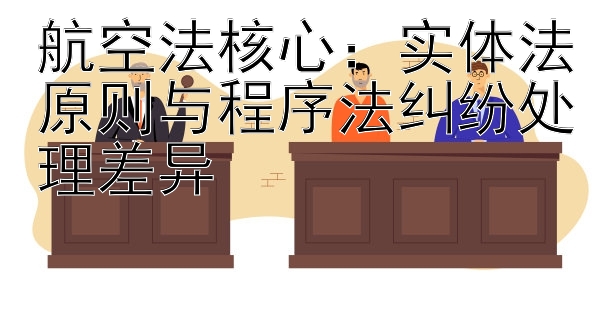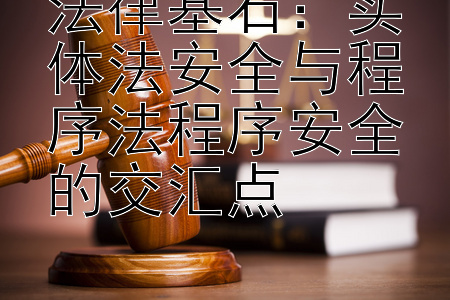实体法与程序法:移民法原则与管理程序的根本区别
实体法与程序法:移民法原则与管理程序的根本区别
在 the legal framework of any jurisdiction, the distinction between substantive law and procedural law is crucial for understanding how the law operates and enforces its rules. This distinction is particularly evident in the realm of immigration law, which governs the entry, stay, and exit of individuals from a country who are not its citizens. This article will explore the fundamental differences between the principles of immigration law as substantive law and its management procedures as procedural law, with reference to relevant legal provisions and case examples.
Substantive Law in Immigration: The Principles
Substantive law in the context of immigration refers to the statutes, regulations, and legal principles that define the rights, duties, and obligations of individuals in relation to immigration. These laws outline who is eligible for a visa, residency, or citizenship, what grounds can lead to deportation, and what protections exist for refugees and asylum seekers. The substantive law sets the foundation for immigration policy, establishing the criteria and conditions under which individuals can enter, live, and work in a country.
For instance, in the United States, the Immigration and Nationality Act (INA) is the primary body of substantive immigration law. It contains provisions on various categories of visas, such as family-based, employment-based, and diversity visas, as well as grounds for inadmissibility and deportation. Similarly, in the European Union, the directives and regulations on immigration and asylum, such as the Schengen Agreement, constitute the substantive law governing the movement and residence of non-EU nationals within the Schengen area.
Procedural Law in Immigration: The Management and Enforcement
Procedural law, on the other hand, concerns the processes and rules by which substantive law is administered, enforced, and adjudicated. In immigration law, procedural law includes the steps and processes for applying for visas, the procedures for conducting interviews and background checks, the mechanisms for appealing decisions, and the rules governing detention and deportation. Procedural law ensures that the substantive law is applied fairly and consistently, providing a framework for due process and protecting the rights of individuals throughout the immigration process.
Case Example: Matter of L-A-S-
A case that illustrates the intersection of substantive and procedural law in immigration is Matter of L-A-S-, 26 I&N Dec. 587 (BIA 2015). This case involved the Board of Immigration Appeals (BIA) addressing the procedural requirements for establishing eligibility for cancellation of removal under the Immigration and Nationality Act. The substantive law provided the eligibility criteria for cancellation of removal, including continuous residence, good moral character, and exceptional and extremely unusual hardship to a qualifying relative. The procedural aspect of the case focused on the evidentiary standards and the burden of proof required for an applicant to demonstrate their eligibility under these criteria.
The BIA's decision in Matter of L-A-S- highlighted the importance of adhering to procedural requirements in immigration proceedings, emphasizing that failure to meet these requirements can result in the denial of relief, regardless of the merits of the substantive claim. This case underscores how procedural law serves as the conduit through which individuals access the rights and protections afforded by the substantive law.
Conclusion
The distinction between substantive law and procedural law in immigration is essential for navigating the complex legal landscape that governs the movement and status of individuals across borders. While substantive law outlines the rights and obligations in immigration matters, procedural law provides the mechanisms for enforcing these rights and obligations. Understanding this distinction is crucial for policymakers, legal practitioners, and individuals navigating the immigration system, as it impacts how laws are interpreted, applied, and challenged in the pursuit of justice and fair treatment for all.








